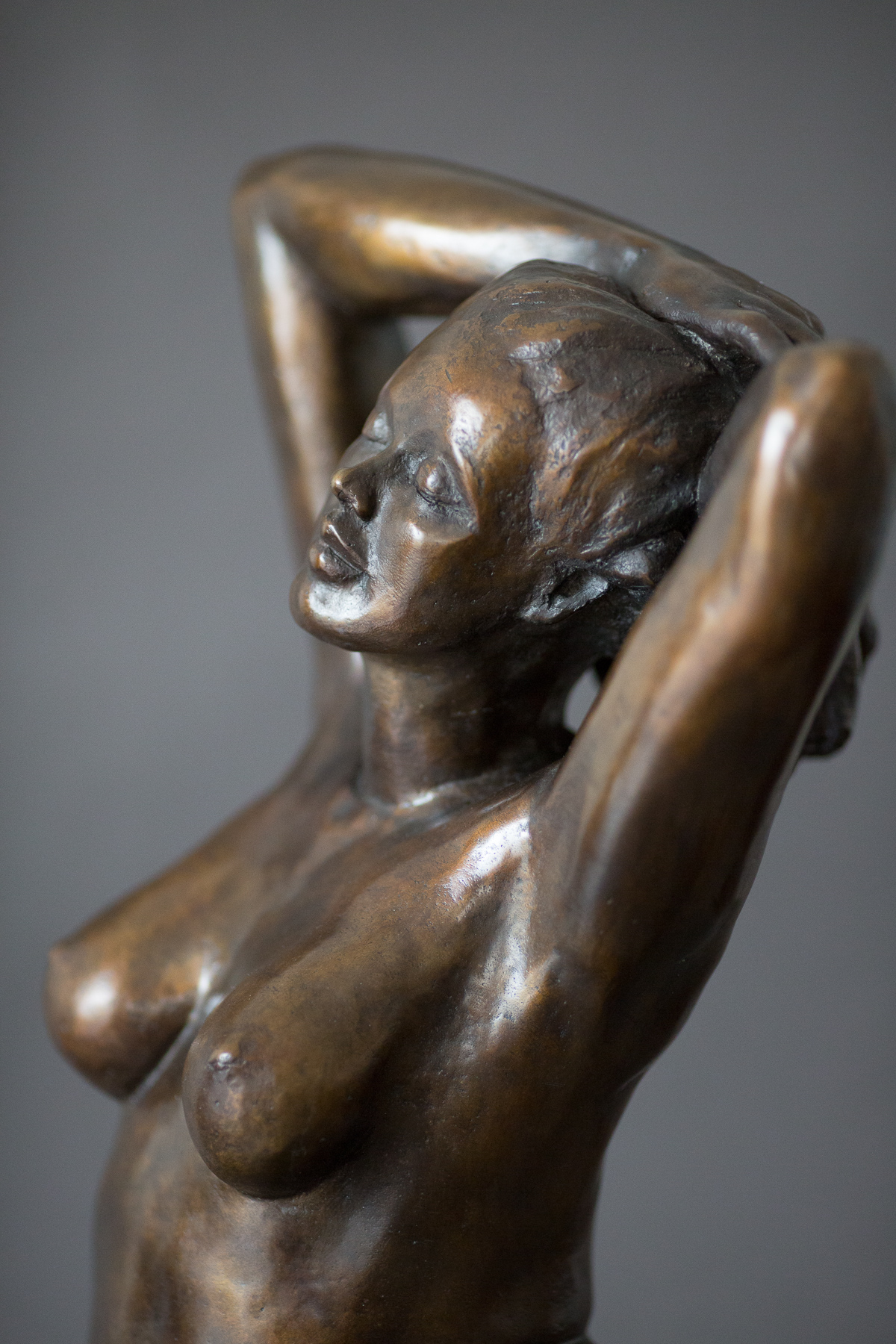
The Canon 90 f/2.8 Tilt Shift Lens on a Sony A7RII
By Aloys Main – See his Instagram Here
A few months ago, I was asked to make a close up shooting for ceramic potteries.
I decided to make the job not with a macro lens, but with the Canon 90mm TSE Tilt-Shift lens (TS). I already worked with this lens on a canon 5DIII body but I didn’t enjoy it at all. First, because I hate huge heavy DSLR, and secondly because I found it quite difficult to focus this very particular lens in the canon optic viewfinder (OVF).
Just to remember: This kind of lens is dedicated to be able to manage not only the depth of field (DOF)- but also the orientation of the focus-plan (OFP), by tilting manually the frontal lens from the fixed film/sensor plan.
The problem is that this particular DOF orientation can be very delicate to control accurately. In the OVF, the part you want to be in focus seems to be, but in the picture, when you check it on your camera-screen, the real focusing often appears to be in an other part of the pict… Ok you will tell me that nowadays thanks to digital photography it’s no longer a big deal cause you can take another one, and then another one, but… it is still quite annoying!
With a 5D or 6D or every actual DSLR, the solution is to work in Live-View mode (LVm), so that you can crop in the image to check very precisely your DOF before the picture to be taken. Once again yes, for sure! But except if you work on a tripod this solution is not really doable in usual practice. By changing even just from a very little the placement of your camera from the subject, your focus will move also, which means that LVM with hands-hold camera is not practically usable in this kind of close up photography.
And IMO it’s really important not to work on tripod too. First because it’s another heavy think to carry to client (I still carry Ranger Quadra head & powerset, with 35.5 x 43″ lightbox and her tripod) and most of all with camera handhold you can turn little bit around the subject to play with the light and catch the right image better than if you are stuck on a tripod were any movement is complicated to decide to make…
So for all this particular details, working with a Sony A7R2, is really the perfect deal!
Small & light camera body, high quality sensor, every Canon lens can mount with a small & cheap Canon/Sony FE adapter, and…. and… and… you have this terrific Electronic View Finder (EVF) which enables you to crop during the shooting without to move anything nor remove your eye from the camera ( : which means you keep accurately the distance camera-subject, so keep you the precise framing)- to control perfectly both focus settings (DOF and the OFP). This is really nice! This is really a huge improvement compared to the use of DSLR with classical OVF on a TS shooting.
–
As personal C1 button, I chose the focus magnification it’s really easy during the shoot framing to push this little button close to the shutter release in order to check my focusing.
Below are few more pictures to illustrate my report. Another series for sculptures of Jacqueline Moriette…
Thanks for reading! Hope you enjoyed!
Bye.
Aloys

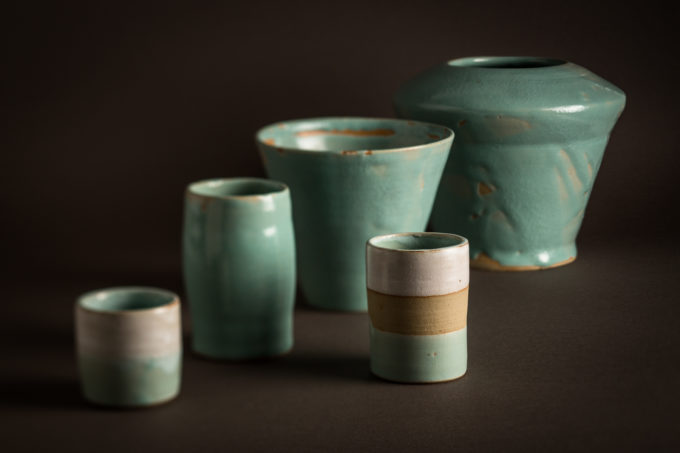
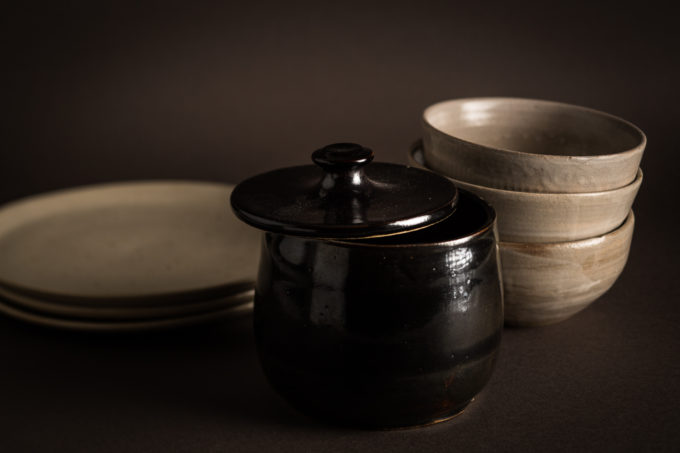
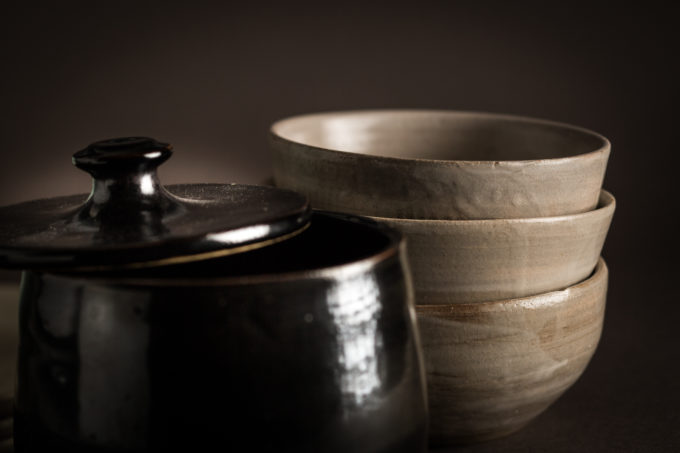
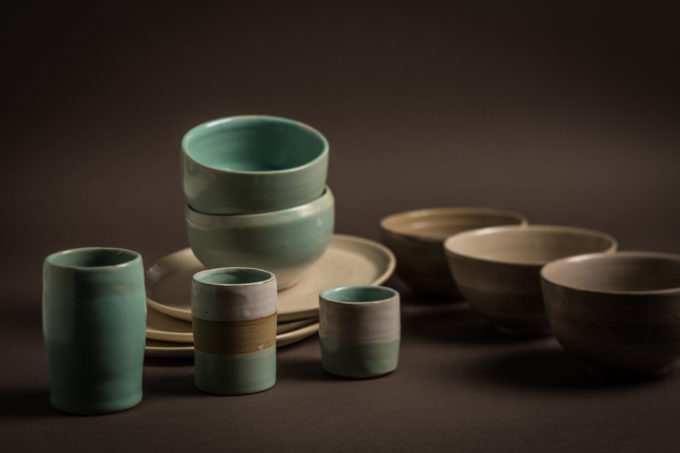
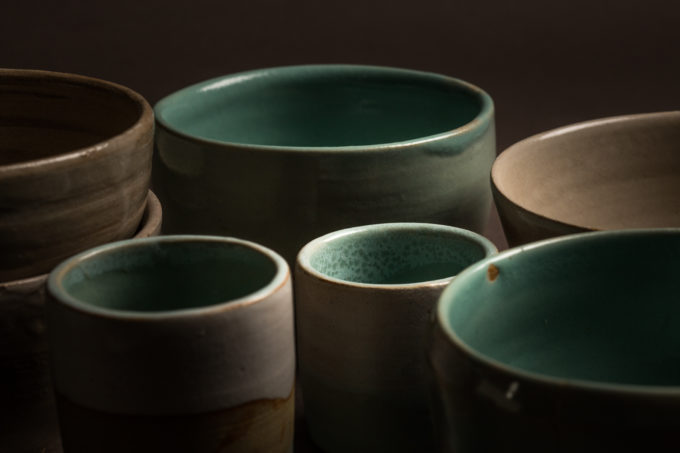
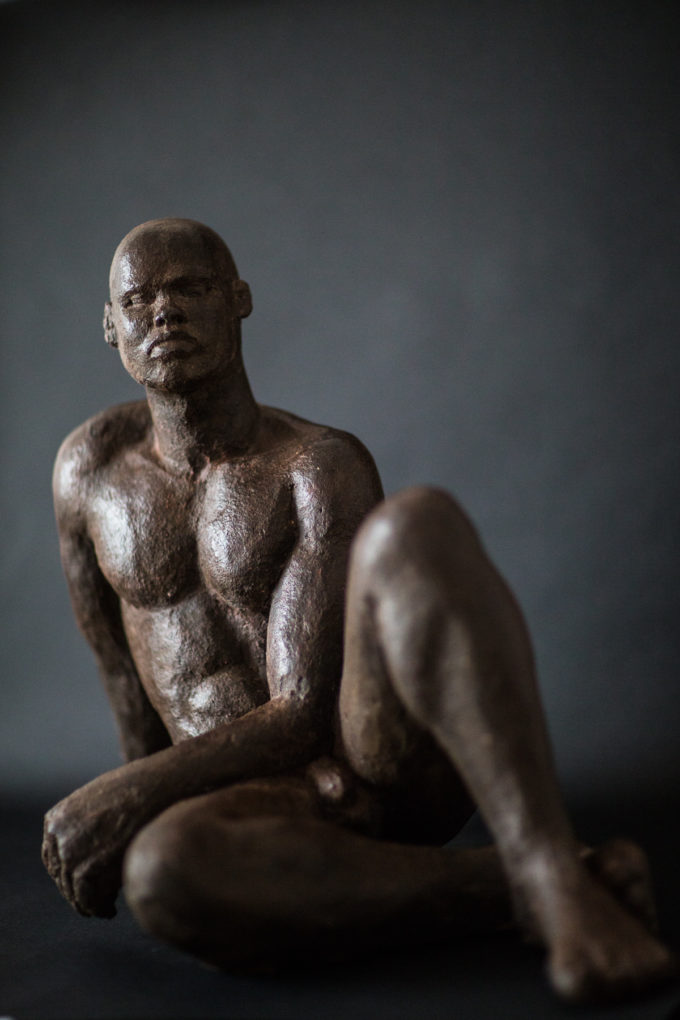
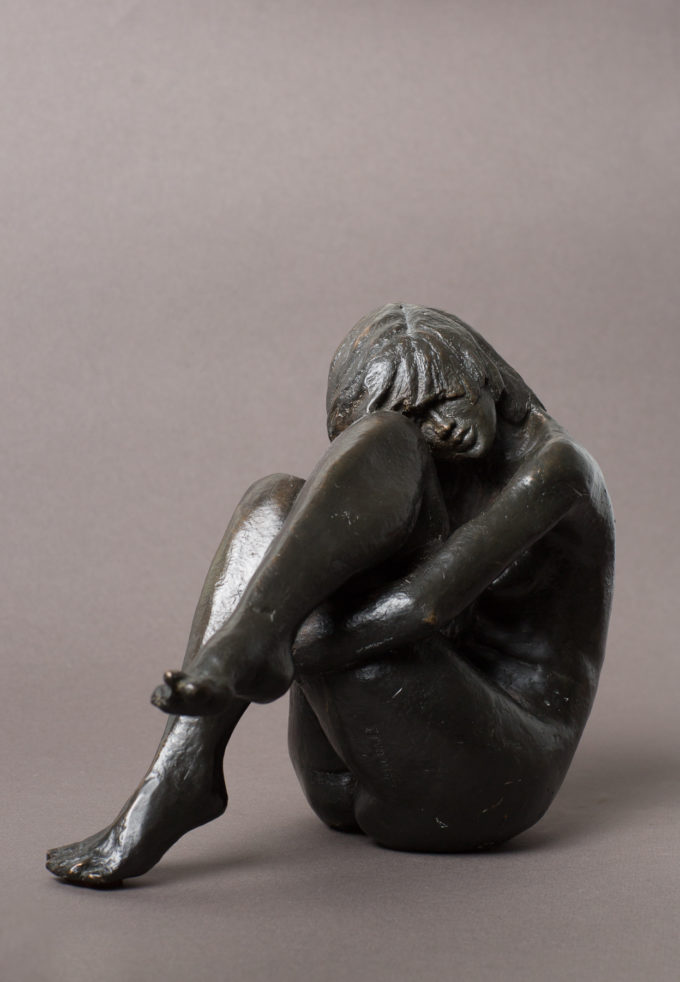
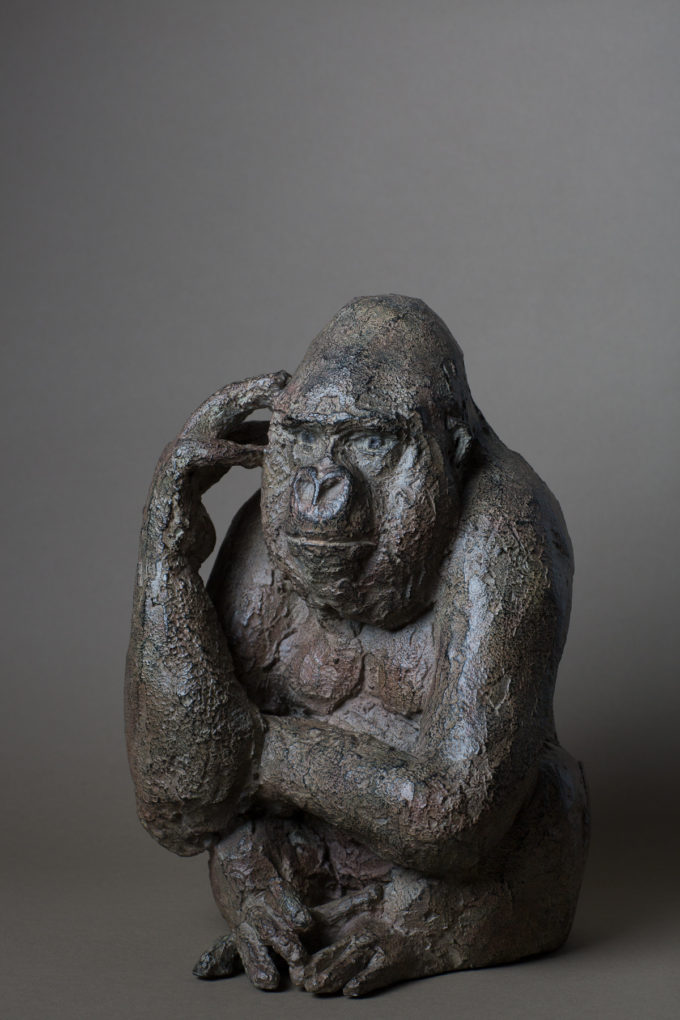
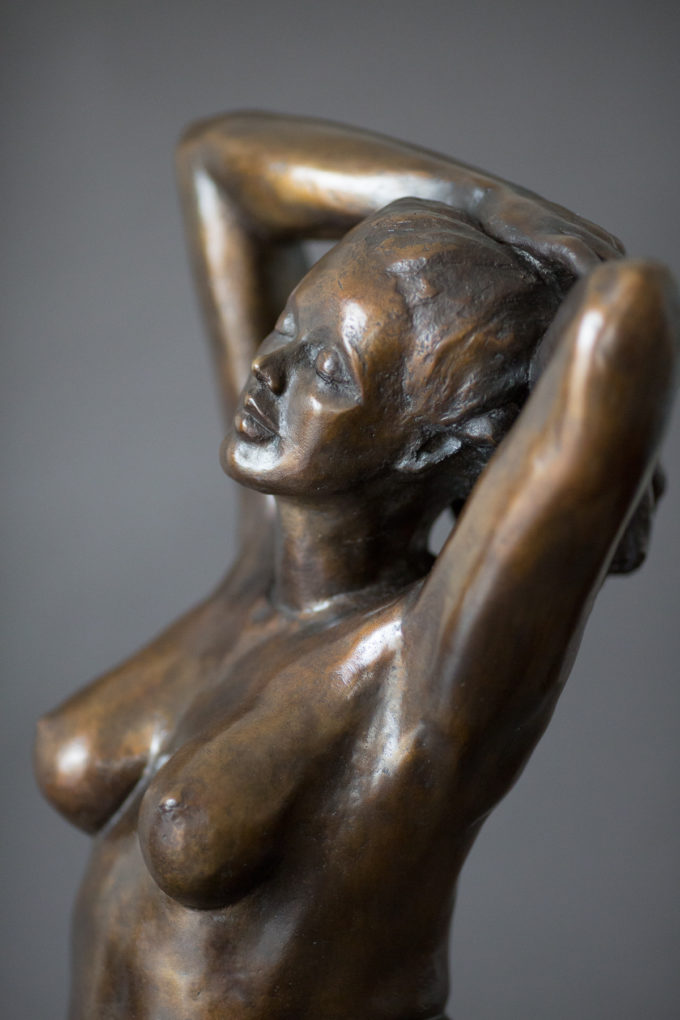
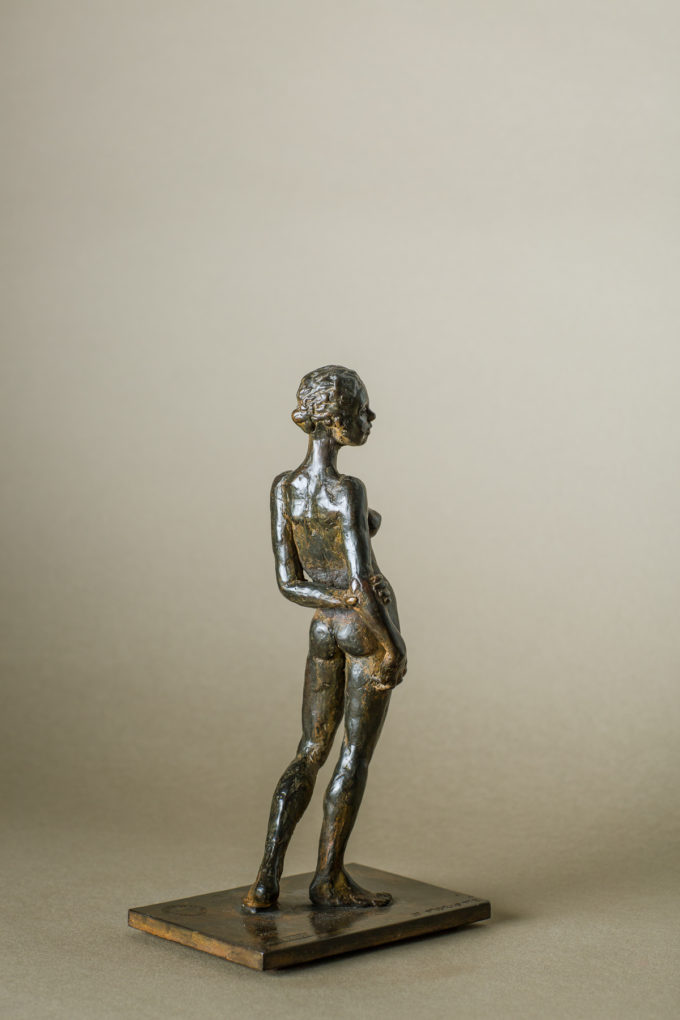


Tanks all of you for your really Nice and interesting comments in this post. To answer to some questions asked above :
-no particular corner smearing with canon adapter , at least as far as I could noticed..
-yes you can do the job in post prod, adding blur here and there, but the result is not really the same, and I dont think only pros can see the difference : the thing is that doing it in post would be harder if you dont want every one see it’s fake! Just like doing the bokey in post prod instead of shooting wide open with fast lens and focusing where you want : you could get that in post, but you have to take time in each images to same nice results.
-for the tripod choice -or not- it’s true that it’s better to use one, to manage accurately DOF, perspectives and everything. But it can also be arguments to shoot handhold without tripod, just to gain time and as I explained in the article, to be able to move around the subject, just a little, to change the angle, composition and the way you show the object pictured that way.. But everybody has it’ sur own habits! The thing is to find your way to get what you want to get !
Thanks again to all of you guys!
And happy if my little experience shared here on Steve ‘s website could be interesting for some of you!
Lovely photos and sculptures too! This is a lens that one doesn’t often hear about.
Very cool photos.
Great write up! I always thought of tilt-shift in terms of architecture and wide angle lenses. Never considered that the focus plain could be manipulated. Excellent explanation and cool adaptations. The images are a bonus. Thanks for sharing your insight and experience!
Yes beautiful and careful work, did you experience any corner smearing with the adapted Canon lens?
Hi Alois,
great use of this lens!
I would like to add a few more arguments for a T/S lens in close up shots.
I have the Micro Nikkor PC 85mm/2.8 since many years and I love it. I understand, that the Canon 90mm T/S is not really a macro lens? The Nikkor goes up to 2:1 and with a close up lens (I use the Canon Close Up Lens 500 D) you get real 1:1.
Here is an example, taken with NEX-6 and Micro Nikkor PC 85/2.8, tilted
https://www.flickr.com/photos/dierktopp/15227832190/in/album-72157648269906615/
Very often I use the lens for stitched close up images, shift the lens left and right and stitch. It works great and you get higher resolution and wider view of the object.
Like this one made with Sony NEX-6 and Micro Nikkor 85mm/2.8 tilted for DOF/focal plane and shifted for the stitched panorama
https://www.flickr.com/photos/dierktopp/11570312426/in/album-72157633246461268/
regards
dierk
I love these shots and the whole concept, but I wonder… Isn’t this kind of effect easily done digitally in post? A little bit of blur here and a little bit of blur there… There is more than one programme that can do this, I think. Only a pro would see it was done in post (or not…).
That Canon 90 TSE is super-useful. I used to use one all the time when I did food photography at work… you could spread the plane of focus across the whole plate, or narrow it down to a thin slice. Focuses pretty close, too. The author is right, it’s much easier to use with an EVF or a tethered setup.
Wonderful photography of some terrific sculpture.
Very interesting article! As a commercial photographer with a few years’ experience with 4×5 and 8×10 view cameras, I understand the principles behind the Canon Tilt-Shift lens. One thing I don’t understand, however, is choosing not to use a tripod. IMHO, if you want to achieve optimum sharpness, detail, and overall image quality in product photography, one should always use a solid tripod…especially when manipulating focus and perspective control with a lens such as this one. And since your subjects are static, another option might have been using a dedicated macro lens and focus stacking (again, on a solid tripod)! Thank you.